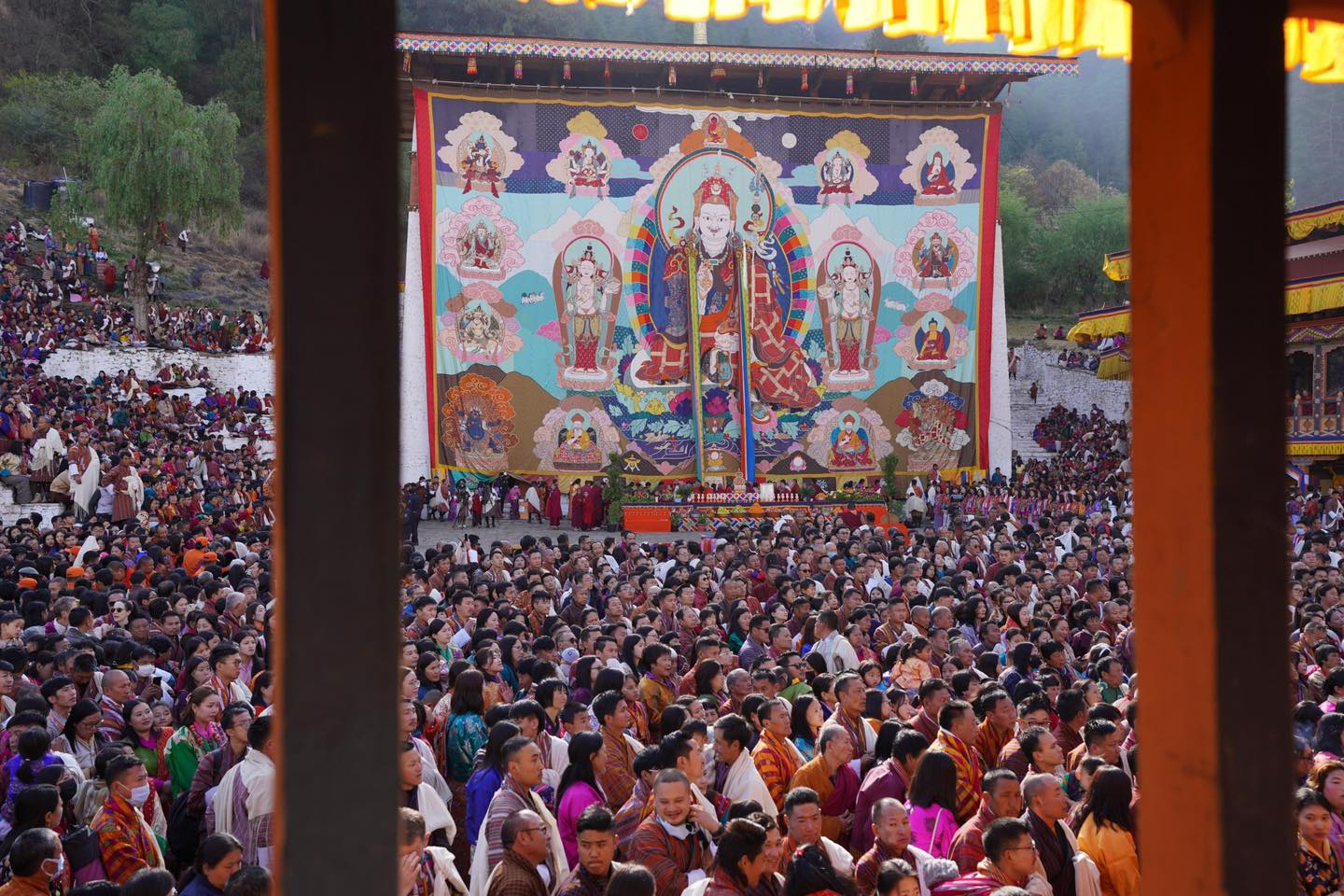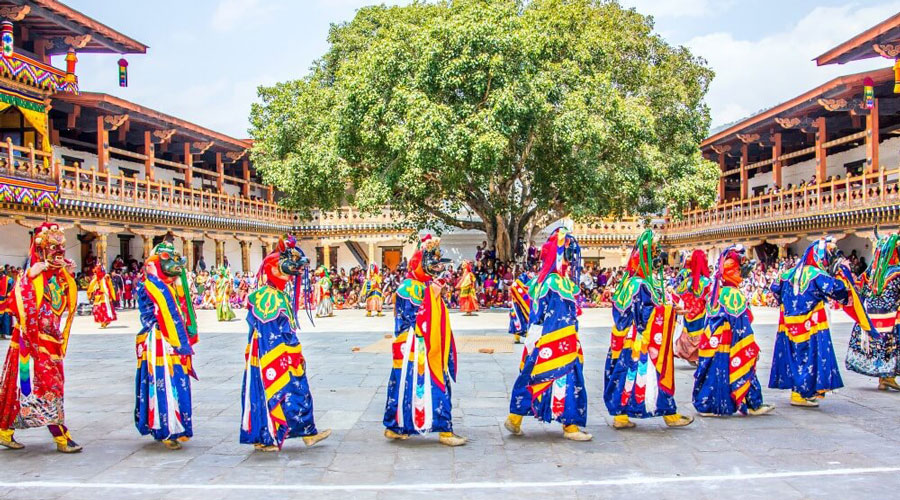What Are Tshechu Festivals?
Tshechu festivals are colorful religious events held annually in various districts of Bhutan. These vibrant celebrations honor Guru Rinpoche (Padmasambhava), who introduced Buddhism to Bhutan in the 8th century. The festivals feature sacred mask dances, religious performances, and social gatherings that bring communities together.

Key Highlights of Tshechu Festivals
- Sacred mask dances (Cham) performed by monks
- Unfurling of giant religious scrolls (Thongdrel)
- Traditional Bhutanese music and folk dances
- Colorful traditional attire (Gho and Kira)
- Local food and handicraft markets
Major Tshechu Festivals
Bhutan hosts numerous Tshechu festivals throughout the year. Here are some of the most significant ones:

Paro Tshechu
One of Bhutan's most famous festivals featuring the unfurling of the sacred Thongdrel tapestry.

Thimphu Tshechu
Bhutan's largest festival held in the capital city, attracting thousands of spectators.

Punakha Drubchen
A unique festival recreating the 17th century battle against Tibetan invaders.